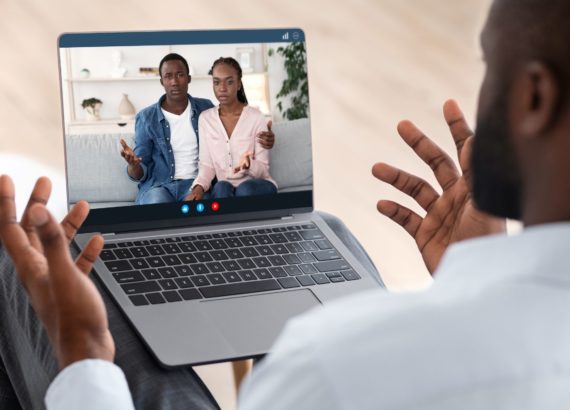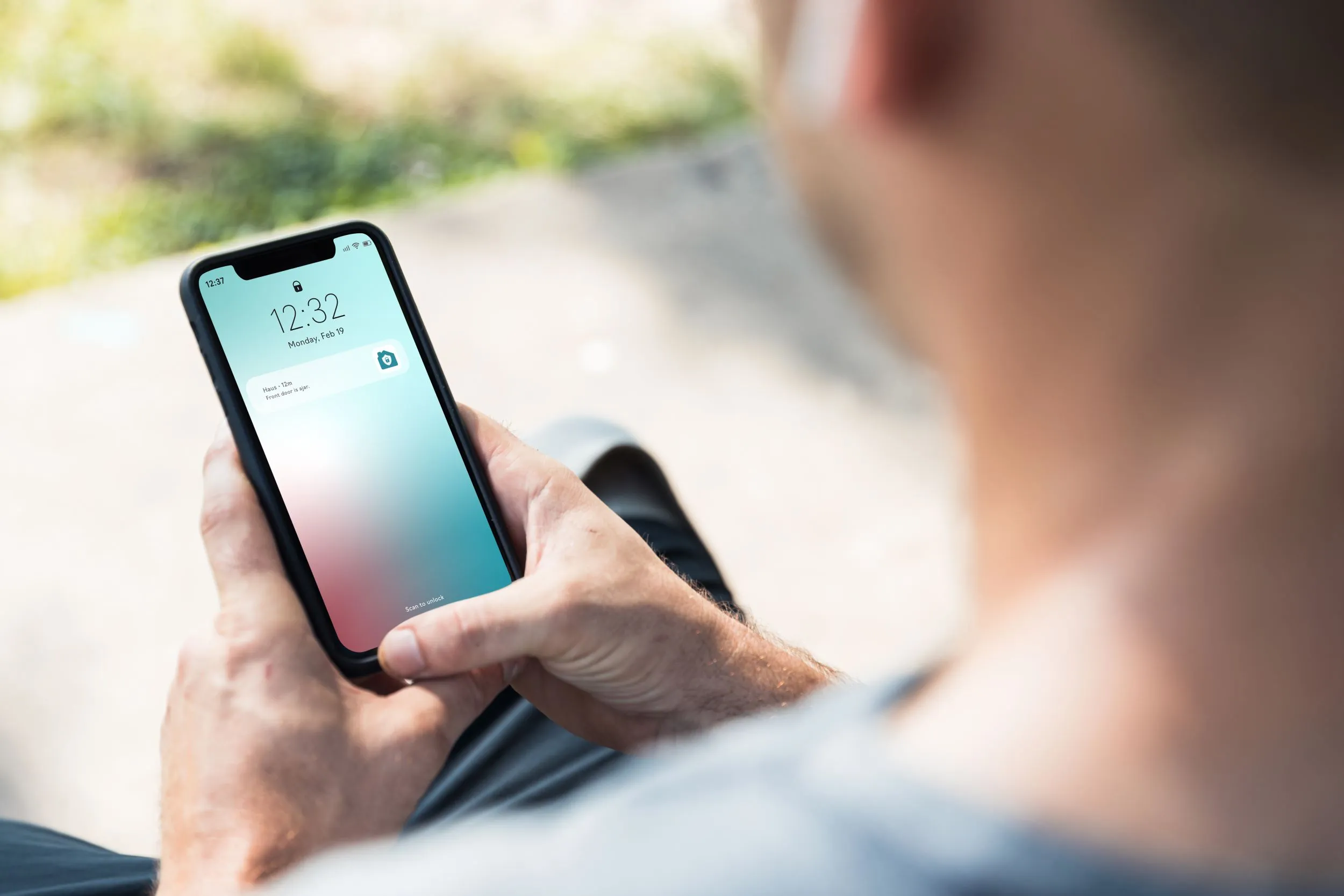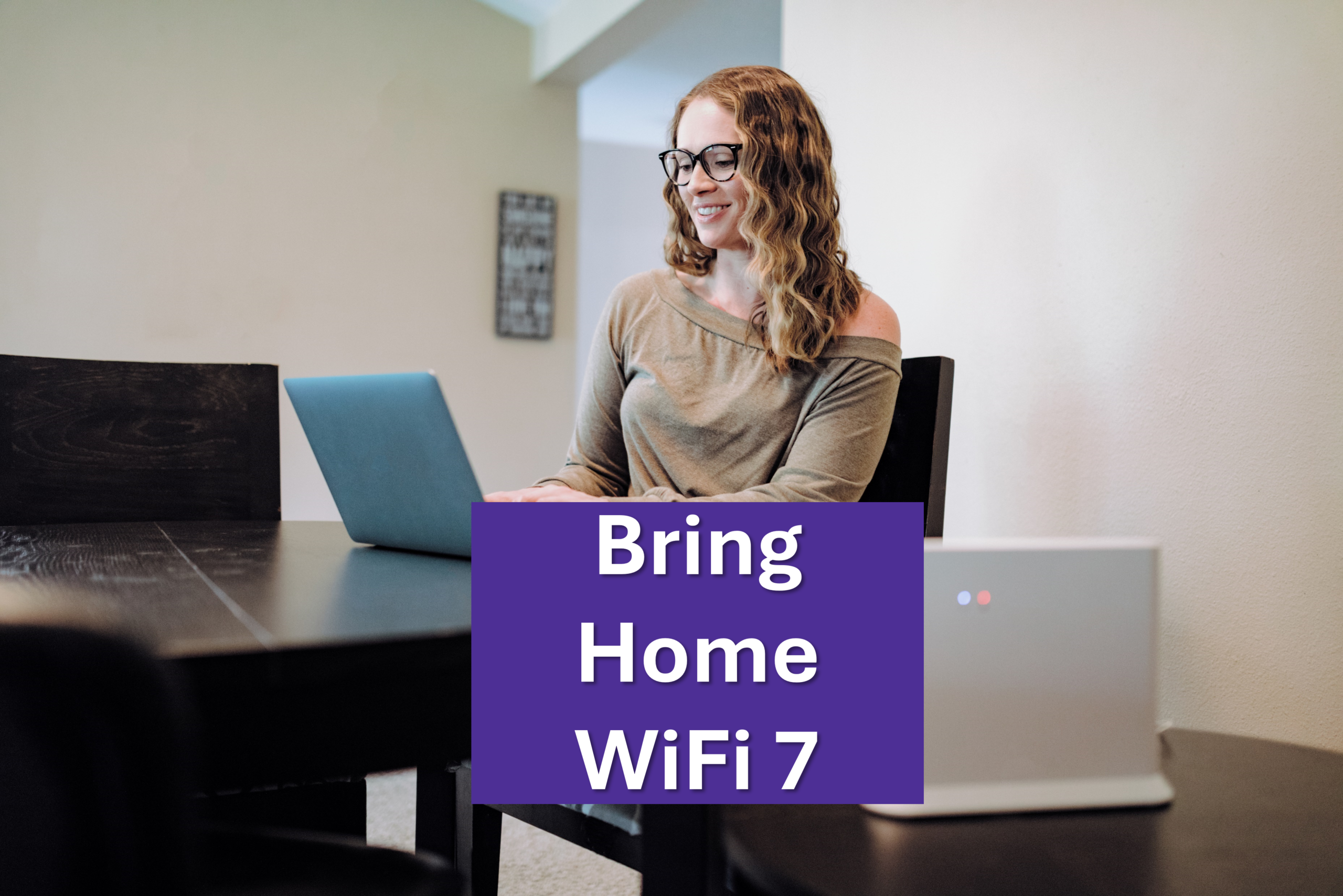House calls may no longer be a thing of the past. Thanks to technology, you can speak to a doctor from your living room. Or you can get a prescription online for your kiddo who is sick in bed. Wherever you need care, telemedicine can help you get it.
Telemedicine refers to remote clinical services. These services rely on digital communication tools, like videoconferencing and software. It’s part of the broader category of telehealth, which includes everything from robotic surgery to medical education.
In some cases, telemedicine works via an app, as you chat with a provider. Or it could mean snapping a picture of that nasty rash on your arm and sending it to your doctor through a secure patient portal. A telemedicine appointment can take the place of a trip to the doctor’s office, including follow-up visits, managing chronic conditions, and re-upping your medications.
Telemedicine appointments are also accessible for patients with disabilities and patients in rural areas. That’s because they require little-to-no travel. Doctor’s visits like these are also private. One other major bonus? Seeing a doctor virtually, means less exposure to viruses and bacteria you might otherwise encounter in a waiting room. Often, all you need is a strong internet connection to get started.
How telemedicine is used
While a telemedicine appointment is much like a regular doctor’s appointment, there are some key differences. For instance, telemedicine isn’t a substitute for things like exams, acute injuries and illnesses, severe symptoms, or emergencies. If a healthcare provider needs to examine you, it’s a safe bet you’ll have to see them in person.
Otherwise, it’s up to the provider’s best judgment. Conditions like asthma, allergies, mental health, and the common cold are all a good fit for telemedicine appointments. Plus, many patients like them because they’re convenient, easy to schedule, and save time and money.
Since a virtual visit is a little different than an office visit, let’s go over some tips for maximizing your telemedicine appointment.

First, check with your insurance provider
During the early stages of the pandemic, insurance providers were happy to cover virtual and telemedicine appointments. Since then, some insurers have rolled back their coverage. Before you book, double-check to see if your insurance will cover it.
Make sure your technology is working
Since telemedicine relies on technology, it’s a good idea to make sure everything is working as it should before you get started. Test your webcam, audio, and microphone ahead of time, so you know they work correctly during your telemedicine appointment.
You may also want to connect to your internet via Ethernet if you don’t always have a strong WiFi connection. Or you can also sit close to the router for a better signal. For a super-reliable connection, consider upgrading to fiber internet.
Finally, make sure your devices are charged and ready to go. You may want to keep your computer or smartphone plugged in during your appointment just to prevent any disruptions.
Choose a quiet, private area
Your health is a personal matter, and it should remain that way. Find a quiet place where you can speak freely to your provider without the fear of being overheard. This may be especially important to you if you’re pursuing virtual mental healthcare.
Background noises can also disrupt your appointment and make it difficult for your healthcare provider to listen to your symptoms. Set up your space ahead of time and be sure to put your webcam right at eye level. You may even want to choose some good lighting so your provider can see you clearly.

Prepare your questions ahead of time
Be sure to list your symptoms, and if you can, document how frequently you experience them. You can also send images of any visible injuries or symptoms you may have. Just make sure to do so well ahead of your virtual visit.
Write down some questions you may have ahead of time. Ask how often your provider wants you to take any medication they prescribe, and what kind of results you can expect. Check to see if you need to schedule a follow-up appointment, and how far out it should be scheduled.
Last words
After your telemedicine appointment, you can request any notes or get an appointment summary from your doctor. Remember, you can always ask a trusted friend or family member to sit in on your appointment with you. They may have some good questions that you wouldn’t think to ask.
While you may still have to go into the doctor’s office for some appointments (like your yearly exam), telemedicine can help reduce the amount of time you used to spend sitting in a healthcare waiting room.







